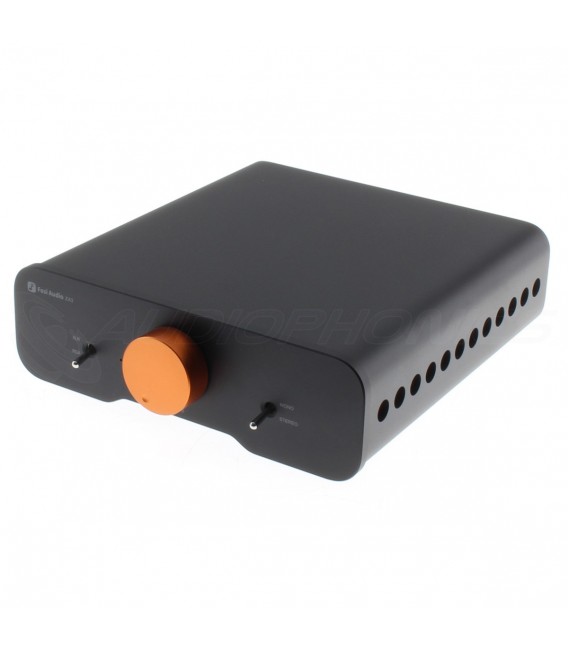onethreetwowaitthatswrong
Member
- Joined
- Jan 26, 2023
- Messages
- 50
- Likes
- 14
So let's say one would like to replace his old and big Teac amp and its faulty DAC that sits between a DX3Pro+ and 90 dB sensibility bookshelves speakers in order to receive and transmit digital flux in a small room.
Doesn't the PA5 II seems like the perfect solution ?
B-b-but there seems to be so many issues with them. So if one was to aim for the best scoring gear thats been measured around here, wouldn't one be more reassured, with a similar result, if he replaced it with a power amp like the Audiophonics MPA-S125NC, little bro of the 250NC tested here and using the DX3+ as preamp ? Or remove the topping as well in favor of a all in one solution like the SMSL AL200 ? Or decide that money should be kept and be on his way with the sufficient (?) power of a simple Fosi Audio V3 ?
Doesn't the PA5 II seems like the perfect solution ?
B-b-but there seems to be so many issues with them. So if one was to aim for the best scoring gear thats been measured around here, wouldn't one be more reassured, with a similar result, if he replaced it with a power amp like the Audiophonics MPA-S125NC, little bro of the 250NC tested here and using the DX3+ as preamp ? Or remove the topping as well in favor of a all in one solution like the SMSL AL200 ? Or decide that money should be kept and be on his way with the sufficient (?) power of a simple Fosi Audio V3 ?

